Scattering her father’s ashes after his death, Lauren Entwistle found herself longing for something physical – hair, teeth, even bone – that proved he once was a living, breathing person. She wished for more of her dad than blank white grit. Reflecting on the objects that help us to grieve and remember, Lauren explores the beautiful history of mourning jewellery and its recent resurgence.
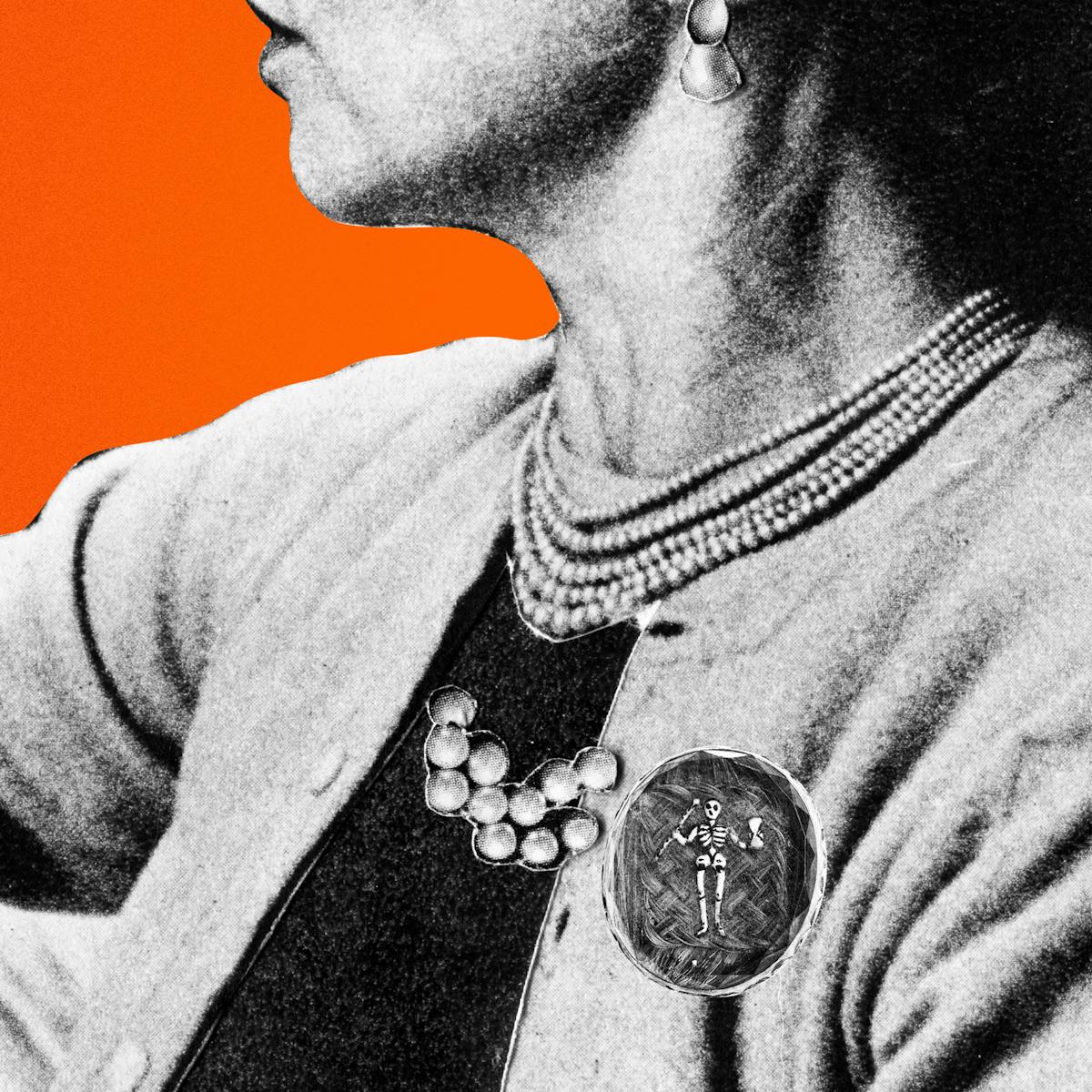
The last time I saw my dad, we were gathered on a hill of his choosing and he was being tipped out of a tasteful tube. His ashes were stark white against the dirt, the grit acceptably uniform and dignified, with no suggestion that they had ever been a person – or worse, a corpse. There wasn’t a single errant fingernail or unexpected eyeball, as I had half hoped.
I found myself wishing that I had held on to something, anything – hair, teeth, even bone – to remind me that he was tangible, once.
It’s a longing that people have experienced for centuries. From skulls used in religious mourning rituals, to a treasured lock of hair still the same shade as it was in life – keeping tokens from the dead can help us to process our loss and keep their memory alive.
Mourning jewellery was popularised in its most recognisable form during the Georgian and Victorian periods. Rings and brooches studded with moody gemstones like jet and pearls became hallmarks of grief. Such objects gave people the opportunity to keep close whatever human remains they reasonably could.
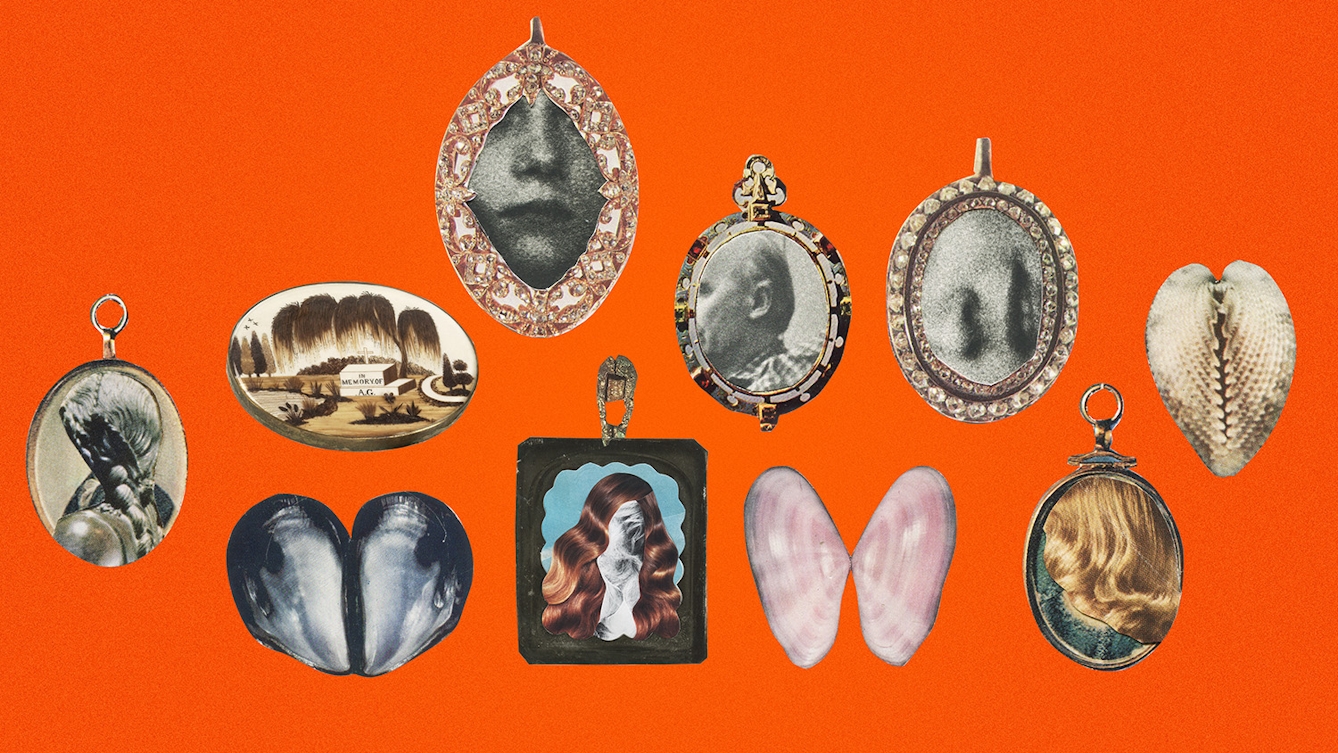
“I found myself wishing that I had held onto something, anything – hair, teeth, even bone – to remind me that he was tangible, once.”
Many of these pieces have long since left the families that could name the deceased, but these beautiful renderings have kept their last physical remains intact. Often, I’ll spy them in vintage jewellery shops or listed online, marketed as “scarce antiques” or “hair mementos”.
I found a piece for sale on Etsy recently that I found especially moving. It was a Georgian mourning locket, with beautiful auburn locks neatly arranged under an enamel urn typical of the period. Two plaits were arranged with the initials ‘AG’ on the reverse, with an inscription reading: “The Child of my Affection Became the Friend of my Heart.” Through this token, we can understand something of the relationship between the grieving person and the person who died – without even knowing their names.
I understood why people take reminders from their loved ones: to prove that they were here, that they breathed, that they lived.
Until my dad died, I’d never understood why you’d want to keep a reminder of loss with you, let alone try to make it beautiful. But as I stepped into the chapel of rest, I quickly learned two things. One: there is a body in that box. And two: in some way that will never make sense, that body is Dad. But death doesn’t stop a body from being a person.
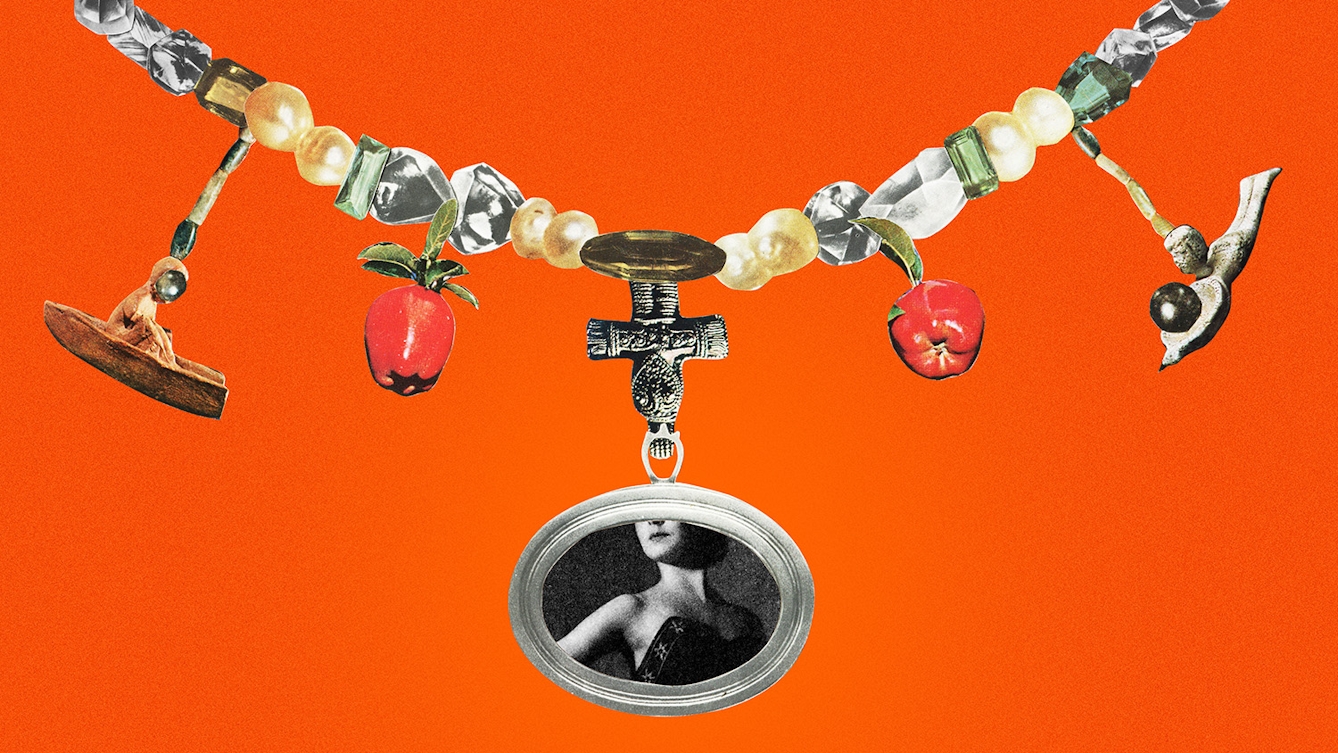
“Until my dad died, I’d never understood why you’d want to keep a reminder of loss with you, let alone try to make it beautiful.”
After agonising over whether I was even allowed to touch him, I felt the pull that has linked humans in mourning for millennia. Unfazed by rigor mortis and formaldehyde-treated limbs, I tucked a photo and note into his breast pocket, before fixing his hair and running my thumb over his knuckles.
I then spent the rest of my allocated slot simply talking to Dad, memorising the way his eyelashes sat and just how dark his hair was. And when I walked away, I understood why people take reminders from their loved ones: to prove that they were here, that they breathed, that they lived.
The comfort of memorial jewellery
Some jewellers – such as Brooklyn-based Margaret Cross – still create pieces in keeping with traditional mourning practices, specialising in hairwork and reliquaries. Outside of this, contemporary mourning jewellery has had to keep up with the impact technology has had on the way the deceased are ‘processed’.
After death, bodies in some countries – especially in my immediate culture – are often carted from hospital beds to morgues to crematoriums. The way we treat our dead can feel clinical and sanitary, and the idea of taking anything other than ash from a prepared body can feel morbid or ghoulish.
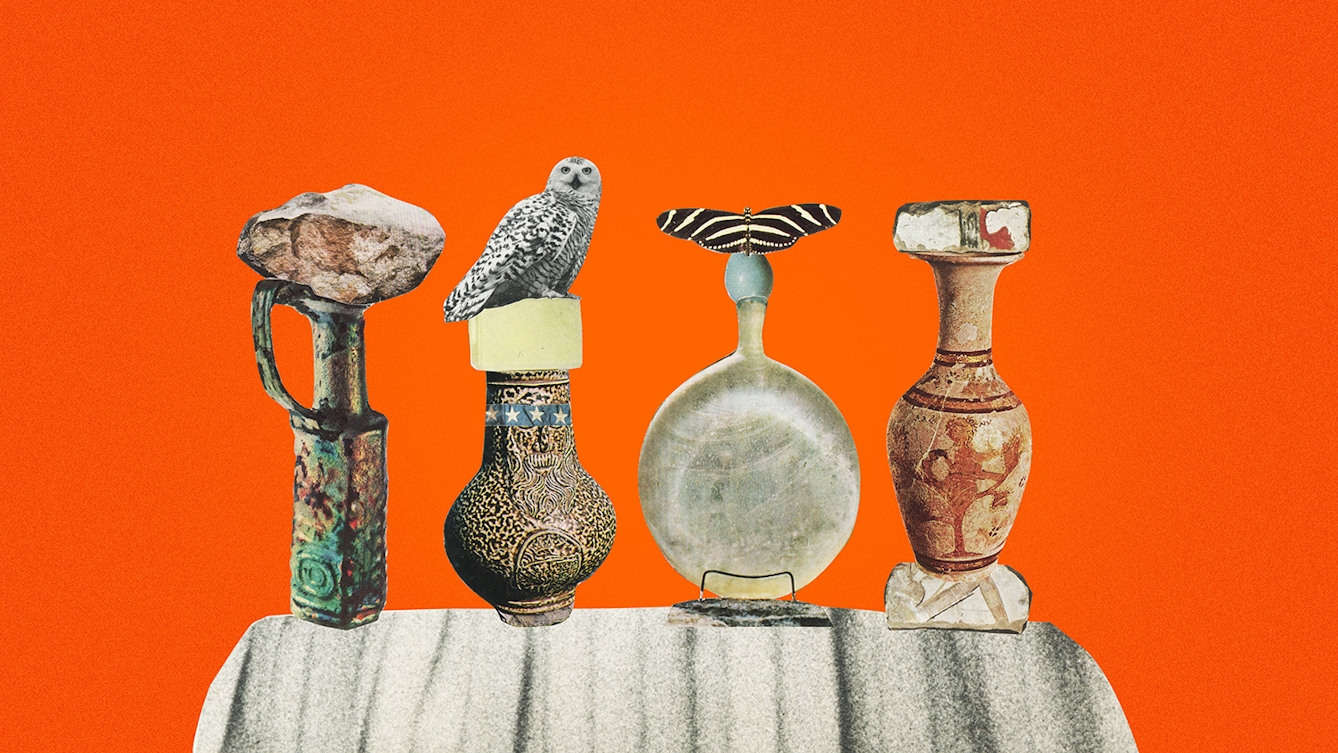
“The way we treat our dead can feel clinical and sanitary, and the idea of taking anything other than ash from a prepared body can feel morbid or ghoulish.”
Seventy-five per cent of people in the UK choose cremation. Some people opt for “direct cremation”, where the body is treated without a ceremony or any family present, before being given to mourners in the form of ash. It’s now popular for preprepared ashes to be held in resin or even compacted with carbon to make diamonds.
Anne Rowson, of RA Designer Jewellery in Manchester, has been creating bespoke pieces for customers for over 30 years. Much of her work is centred around weddings or refashioning heirloom pieces, especially as the soaring price of precious metals has impacted modern tastes and trends. As such, when it comes to mourning, many people will choose to rework a much-loved piece from a relative.
“I had a commission from a gentleman who was grieving for his mother and was eager to have her with him,” she explains. “The stone in her original ring was recut and the gold was also used in the new one. Her love for the colour purple and ferns was an inspiration for the design, and he hopes to now have some closure on his grief. To me, it’s a very powerful thing to be a part of.”
Talking about the “more niche aspect of memorial jewellery”, Anne adds: “In these, my designs discreetly house the ashes in a small handmade vessel… Some pieces are minimal and some incorporate birthstones and engraving. I am getting an increasing number of requests for pet ashes, but the design process for these is not usually as discreet. It’s a visual celebration of a loved pet.”
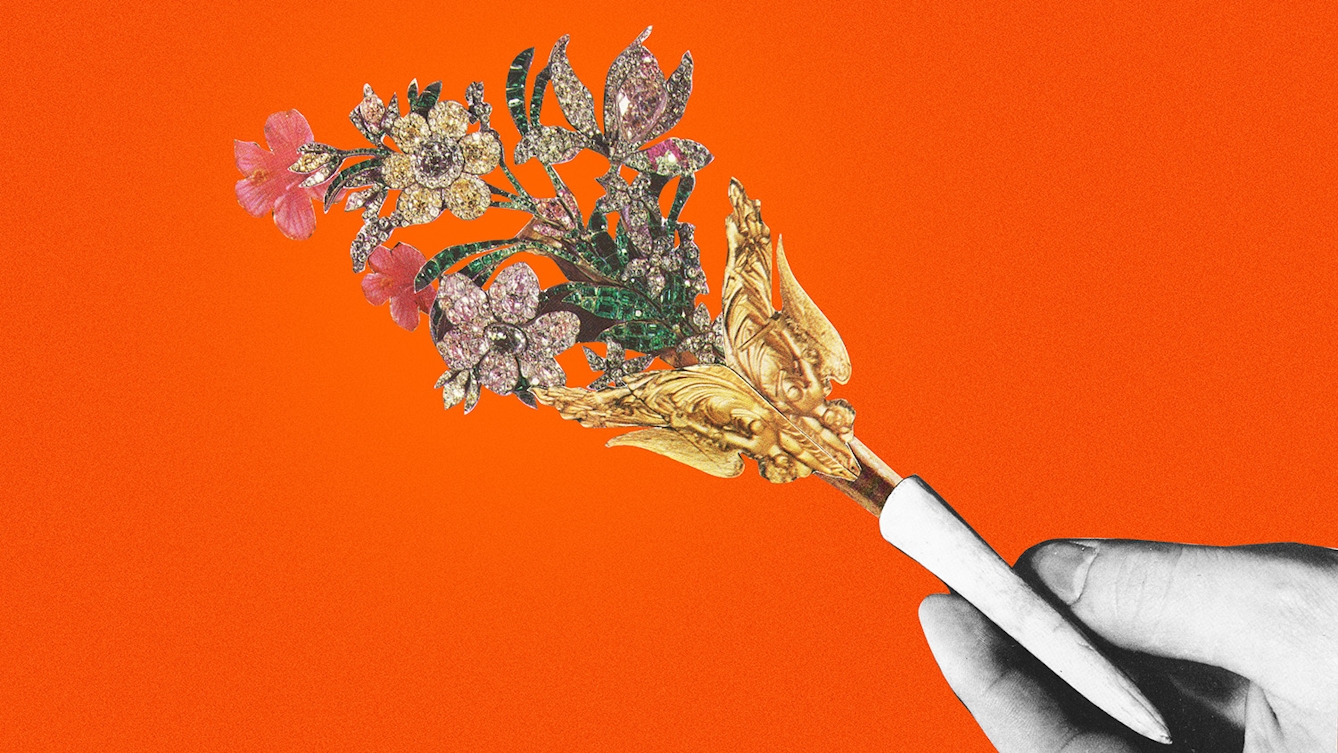
“Whether we use hair or ash, diamonds or glass, there is comfort to be had in creating something tangible, and in acknowledging that the deceased person took up space on this earth as a living, breathing being.”
Mourning jewellery’s resurgence could be seen as part of the death-positive movement, which aims to bypass cultural censorship and spark healthy conversations about death and dying. The movement originated in the 1970s, around the same time as the hospice movement.
Instead of keeping death cloistered, the death-positive movement encourages discussions about the inevitable, so families are better equipped to make informed choices, especially in a world with more options regarding end-of-life care and remains.
Whether we use hair or ash, diamonds or glass, there is comfort to be had in creating something tangible, and in acknowledging that the deceased person took up space on this earth as a living, breathing being. How we mourn speaks volumes about how we live. And how we remember those we’ve lost – including by offering people a glimpse of their physical form through an object we wear – speaks of nothing but love.
About the contributors
Lauren Entwistle
Lauren Entwistle is a freelance journalist and writer hailing from Derbyshire. She frequently pens pieces about pop culture, dead novelists, mental health, art and grief – sometimes all at the same time. Her words have appeared in The Quietus, Vinyl Me Please, The Temper, Inverse and many more, but mostly in the notes app.
Shay Azzari
Shay Azzari is an artist based in Melbourne, Australia. His practice is concerned with a desire to find balance via collage using found printed material. Shay’s work has featured in many publications including Vogue, Illustoria and The Lifted Brow.

